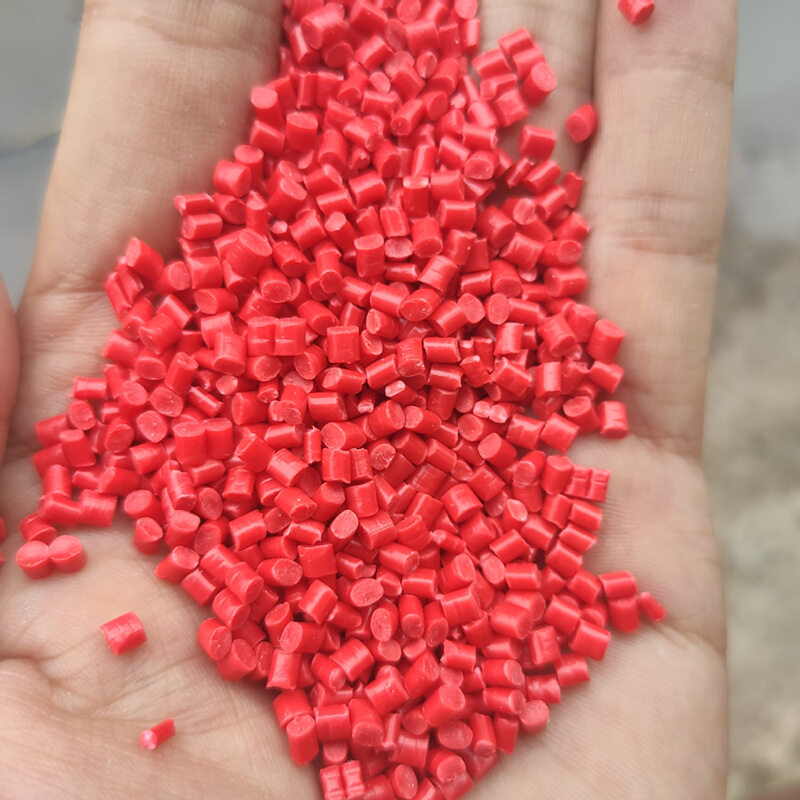Error de formato de correo electrónico
emailCannotEmpty
emailDoesExist
pwdLetterLimtTip
inconsistentPwd
pwdLetterLimtTip
inconsistentPwd

Offer Technical Support and Customized Solutions
The company is committed to creating new and improved plastic materials to meet the evolving demands of the market.

HIPS Compound: Properties, Applications, and Future Trends III
Colour and Appearance Options for HIPS Compound
HIPS compound offers a wide range of colour and appearance options. It can be easily pigmented to achieve vibrant and opaque colours. Additionally, it can be textured or embossed to create various surface finishes, such as matte, glossy, or patterned. This versatility in colour and appearance options provides design flexibility for different applications.
Market Share of the HIPS Compound
HIPS compound holds a significant market share in various industries, including automotive, electronics, and packaging. Its cost-effectiveness, impact resistance, and ease of processing contribute to its popularity. The market share of HIPS compound is expected to grow further due to its versatility and increasing demand for lightweight and durable materials.
International Trade of HIPS Compound
HIPS compound is traded globally, with several manufacturers and suppliers catering to the demand. The international trade of HIPS compounds is influenced by factors such as production capacity, cost competitiveness, and quality standards. It is important for buyers and sellers to comply with international trade regulations and standards.

Future Trends and Opportunities for the HIPS Compound
The future of HIPS compounds looks promising, with several trends and opportunities on the horizon. One trend is the development of sustainable and eco-friendly alternatives to traditional HIPS compounds. This includes the use of bio-based or recycled materials in the compound formulation. Another trend is the incorporation of advanced additives and fillers to enhance specific properties, such as flame retardancy or thermal conductivity. The increasing demand for lightweight materials and the growing automotive and electronics industries present significant opportunities for HIPS compounds.
Safety Performance of the HIPS Compound
The HIPS compound is generally considered safe for use in various applications. However, it is important to handle and process it in accordance with safety guidelines. This includes proper ventilation in processing areas to prevent the inhalation of fumes or dust particles. Additionally, waste management and recycling practises should be followed to minimise environmental impacts.
Life Cycle Assessment of the HIPS Compound
The life cycle assessment (LCA) of HIPS compounds involves evaluating their environmental impact throughout their entire life cycle, from raw material extraction to disposal. LCA studies consider factors such as energy consumption, greenhouse gas emissions, and waste generation. The results of LCA studies can help identify areas for improvement and guide sustainable practises in the production and use of HIPS compounds.
Sustainability of the HIPS Compound
The sustainability of HIPS compounds is an important consideration in today’s environmentally conscious world. Efforts are being made to develop bio-based or recycled alternatives to traditional HIPS compounds. Additionally, recycling programmes and initiatives are being implemented to promote the recycling and reuse of HIPS compound waste. These sustainability efforts aim to reduce the environmental footprint of the HIPS compound and promote a circular economy.

Service Life of the HIPS Compound
The service life of HIPS compounds depends on various factors, including the specific application, environmental conditions, and maintenance practises. When used within its recommended temperature and humidity range, HIPS compound can provide long-lasting performance. However, exposure to extreme temperatures, UV radiation, or harsh chemicals may affect its properties and reduce its service life.
Recycling and Reusability of the HIPS Compound
HIPS compound is recyclable, and efforts are being made to promote its recycling and reusability. Post-industrial waste generated during the manufacturing process can be recycled and used in the production of new HIPS compounds. Additionally, end-of-life products made from HIPS compound can be collected, sorted, and recycled to minimise waste and conserve resources.
Conclusion
HIPS compound is a versatile material with a wide range of applications. Its excellent impact resistance, good dimensional stability, and ease of processing make it suitable for various industries, including automotive, electronics, and packaging. While it has certain limitations, such as limited heat resistance and susceptibility to certain solvents, ongoing research and development efforts aim to address these challenges. The future of HIPS compounds looks promising, with trends towards sustainability, advanced additives, and lightweight materials. By considering its properties, applications, and future trends, manufacturers and users can make informed decisions regarding the use of HIPS compounds in their respective industries.

